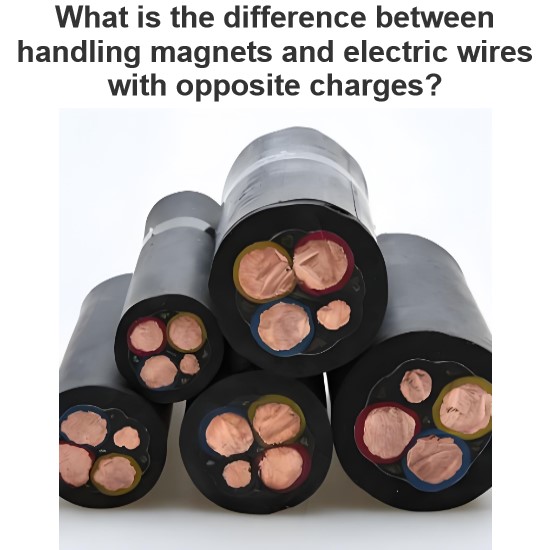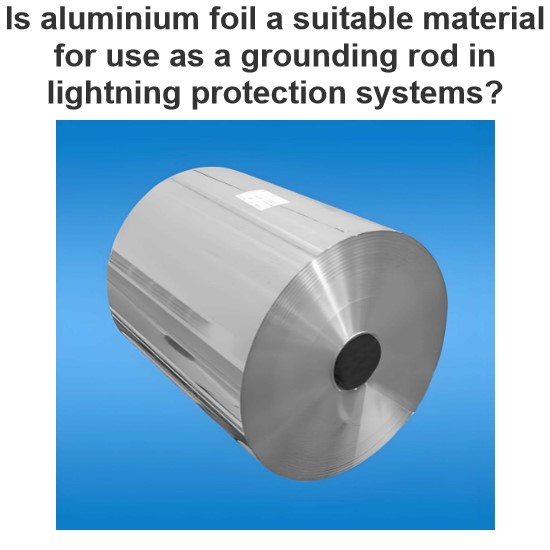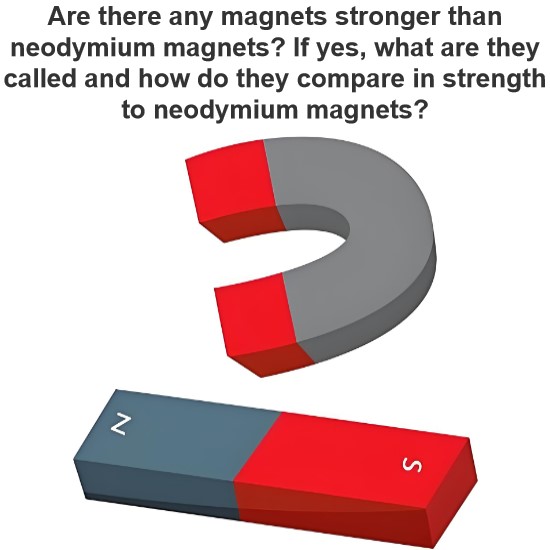Electrical Conductors: Definition, Types and Properties
An electrical conductor is a material that allows electric charge to flow through it with little resistance. Electrical conductors are usually metals, such as copper, silver, gold, aluminum, and iron. They have many free electrons that can move easily when an electric field is applied. Electrical conductors are used for making wires, cables, circuits, and other devices that carry electric current.
What is an Electrical Conductor?
An electrical conductor is defined as an object or type of material that allows the flow of charge in one or more directions. Materials made of metal are common electrical conductors, as metals have high conductance and low resistance.
Electrical conductors allow electrons to flow between the atoms of that material with drift velocity in the conduction band. The conduction band is the energy level where electrons can move freely within the material. The conductor is formed of atoms that have loosely bound valence electrons that can be excited by an electric field or a thermal effect. When an electron moves from the valence band to the conduction band, it leaves behind a positive hole that can also carry a charge.

Electrical conductors may be metals, metal alloys, electrolytes, or some non-metals like graphite and conductive polymers. These materials allow electricity (i.e., the flow of charge) to pass through them easily.
How Does a Conductor Conduct Current?
The current in a conductor is the rate of flow of charge through a cross-section of the conductor. The current is proportional to the electric field and the conductance of the material. The electric field is created by a potential difference or voltage across the conductor. The conductance is a measure of how easily the material allows charge to flow through it.
When a potential difference is applied across a conductor, the electrons in the conduction band gain energy and start to drift from the negative terminal to the positive terminal of the voltage source. The direction of current is opposite to the direction of electron flow, as current is defined as the flow of positive charge. The electrons collide with atoms and other electrons in the conductor, which causes resistance and heat generation. The resistance is a measure of how much the material opposes the flow of charge through it.

The current in a conductor depends on several factors, such as:
The potential difference across the conductor
The length and cross-sectional area of the conductor
The temperature and composition of the material
The presence of impurities or defects in the material
What are the Properties of Electrical Conductors?
Some of the main properties of electrical conductors are:

They have high conductance and low resistance
They have many free electrons in their conduction band
They have no energy gap between their valence band and conduction band
They have metallic bonds that form a lattice of positive ions surrounded by an electron cloud
They have zero electric fields and zero charge density inside them
They have free charges only on their surface
They have an electric field perpendicular to their surface
What are the Types of Electrical Conductors?
Electrical conductors can be classified based on their ohmic response, which is how they obey Ohm’s law. Ohm’s law states that the current in a conductor is directly proportional to the potential difference across it and inversely proportional to its resistance.
Ohmic Conductors
Ohmic conductors are materials that follow Ohm’s law for any potential difference and temperature. They have a linear relationship between voltage and current, which means their resistance is constant. Most metals are ohmic conductors at normal conditions.

Examples: Silver, copper, aluminum, iron, etc.
Non-Ohmic Conductors
Non-ohmic conductors are materials that do not follow Ohm’s law for any potential difference or temperature. They have a nonlinear relationship between voltage and current, which means their resistance varies with the applied voltage. Non-ohmic conductors may exhibit negative resistance, where the current decreases as the voltage increases, or positive resistance, where the current increases as the voltage increases, but not proportionally. Some non-ohmic conductors may also have a threshold voltage, below which no current flows.

Solid Conductors
Solid conductors are materials that have a fixed shape and volume. They can be further divided into metallic and non-metallic conductors.
Metallic conductors: These are metals or metal alloys that have high conductivity and low resistivity. They have a lattice structure of positive ions surrounded by a sea of free electrons. Some examples of metallic conductors are silver, copper, gold, aluminum, iron, brass, bronze, etc.
Non-metallic conductors: These are non-metals that have some free electrons or ions in their structure. They have lower conductivity and higher resistivity than metals. Some examples of non-metallic conductors are graphite, carbon nanotubes, graphene, etc.
Liquid Conductors
Liquid conductors are materials that have no fixed shape but a fixed volume. They can be further divided into metallic and non-metallic conductors.
Metallic conductors: These are metals that are in a liquid state at room temperature or when heated. They have high conductivity and low resistivity. They have a similar structure to solid metals but with more interatomic spacing and mobility. An example of a metallic liquid conductor is mercury.
Non-metallic conductors: These are liquids that contain dissolved ions or molecules that can carry a charge. They have lower conductivity and higher resistivity than metals. They have a structure of polar or ionic solutes in a solvent. Some examples of non-metallic liquid conductors are salt water, acid solutions, electrolytes, etc.
Factors Affecting the Conductivity of Electrical Conductors
The conductivity of an electrical conductor depends on several factors, such as:
The type and number of free charge carriers: The more free electrons or ions in a material, the higher its conductivity and lower its resistivity.
The size and shape of the conductor: The longer and thinner a conductor is, the lower its conductivity and the higher its resistivity.
The temperature of the conductor: The higher the temperature of a conductor is, the lower its conductivity and the higher its resistivity. This is because the thermal agitation of atoms and electrons increases the collisions and reduces the mobility of charge carriers.
The presence of impurities or defects in the conductor: The more impurities or defects in a conductor, the lower its conductivity and the higher its resistivity. This is because the impurities or defects act as scattering centers for charge carriers and reduce their mean free path.
The frequency of the applied electric field: The higher the frequency of the applied electric field is, the lower the conductivity and higher the reactance of a conductor. This is because, at high frequencies, the charge carriers cannot follow the rapid changes in the electric field and create an opposing magnetic field.
Applications of Electrical Conductors
Electrical conductors have many applications in various fields of science and engineering. Some of them are:
Electrical wiring: Electrical wires are made of copper or aluminum conductors that carry electric current from power sources to loads. They are coated with insulating materials to prevent short circuits and electric shocks.
Electrical circuits: Electrical circuits are networks of electrical components that perform specific functions using electric current. They are made of various types of conductors, such as wires, resistors, capacitors, inductors, diodes, transistors, etc.
Electrical machines: Electrical machines are devices that convert electrical energy into mechanical energy or vice versa using electric current and magnetic fields. They are made of various types of conductors, such as coils, windings, rotors, stators, armatures, etc.
Electrical sensors: Electrical sensors are devices that detect physical quantities such as temperature, pressure, light, sound, etc., and convert them into electrical signals. They are made of various types of conductors, such as electrodes, wires, coils, resistors, capacitors, etc. Some examples of electrical sensors are thermocouples, photodiodes, LDRs, piezoelectric sensors, etc.
Conclusion
Electrical conductors are essential materials for many applications that involve electric current and electric fields. They have different types, properties, and factors that affect their conductivity. They are also used for making various types of electrical sensors that can detect and measure physical phenomena. Electrical conductors are constantly evolving with new technologies and innovations to meet the demands of various industries and fields.
Statement: Respect the original, good articles worth sharing, if there is infringement please contact delete.
Electrical4U is dedicated to the teaching and sharing of all things related to electrical and electronics engineering.




